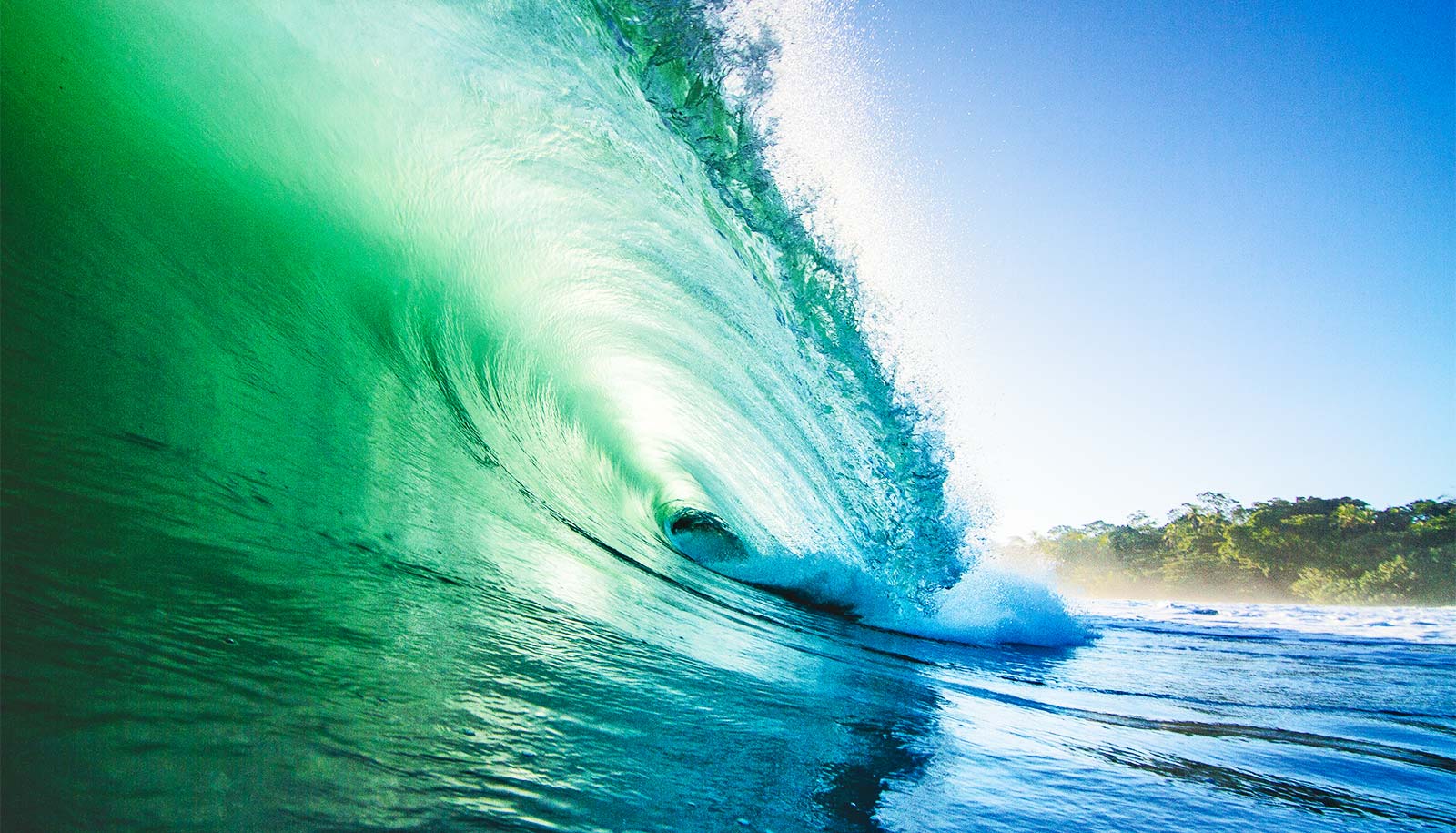The smallest microplastics in the oceans— many as small as 20 micrometers or the width of a human hair—go largely undetected. A new inexpensive method that uses a fluorescent dye could offer a way to distinguish them from other natural materials.
Large plastic objects fragment over time due to weathering processes, breaking down into smaller and smaller particles termed “microplastics.” Microplastics are the most prevalent type of marine debris in our oceans, and their potential harm to aquatic life remains unclear.
To test the new method, scientists took samples from surface sea water and beach sand from the English coast around Plymouth, and detected a much larger amount of small microplastics (smaller than 1 mm) than was previously estimated—and significantly more than traditional methods would have identified.
The findings challenge the current belief of the apparent loss of the smallest microplastics from surface seawater, and highlight the need of further research to understand the real fate of plastic waste in the oceans.
“Using this method, a huge series of samples can be viewed and analyzed very quickly, to obtain large amounts of data on the quantities of small microplastics in seawater or, effectively, in any environmental sample,” says Gabriel Erni-Cassola, of the School of Life Sciences at the University of Warwick.
“Current methods used to assess the amount of microplastics mostly consist in manually picking the microplastics out of samples one by one—demonstrating the great improvement of our method.”
Researchers also discovered that the greatest abundance of microplastics of this small size was polypropylene, a common polymer used in packaging and food containers, which suggests consumer habits are directly affecting the oceans.
Tons and tons of plastic are swimming in the ocean
Previous reports suggest that the amount of plastic waste found in the oceans only amounts to 1 percent of what was estimated, so new methods like this are desperately needed to find and identify the missing 99 percent of “lost” plastic waste in the oceans.
“Have we found the lost 99 percent of missing plastic in surface oceans? Obviously this method needs to be implemented in future scientific surveys to confirm our preliminary findings,” says Joseph A. Christie-Oleza, of the School of Life Sciences. “It is important to understand how plastic waste behaves in the environment to correctly assess future policies.”
Source: University of Warwick



